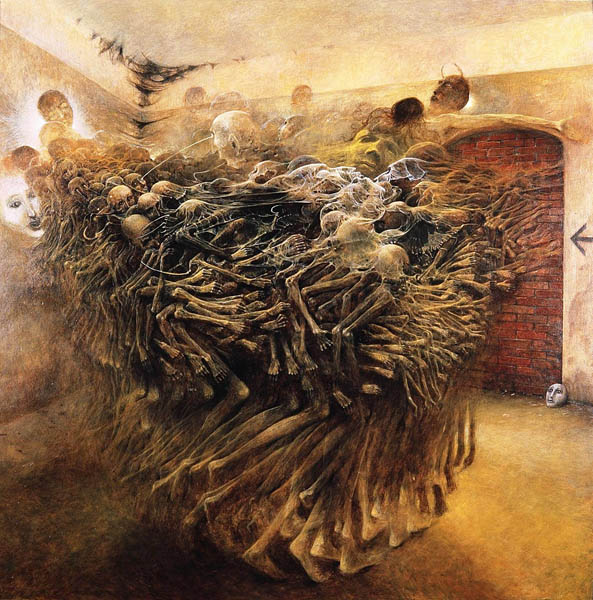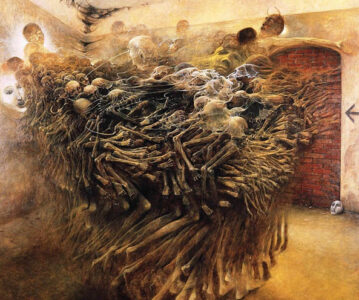
Crop circles present us a mirror. They tell us what wé are, rather than who or what the Circlemakers are. Cultural references, or astronomical observations as seen from our home places a design in specific moment in time. Having relevance there and then.
But in our search for the nature of the Circlemakers, we may find a hint in an unusual place.
You may have heard about the concept of Flatland, as a thought experiment on how beings in a given set of dimensions would experience encounters with higher or lower dimensional settings.
This concept is based on a short novel, first published in 1884, written by a teacher and theologian Edwin Abbott Abbott. The story tells of a square and its encounters from respectivically one dimensional Line land, three dimensional Space land, and even zero dimensional Point land.
In short, our protagonist first dreams of visiting Line land. Its inhabitants cannot comprehend the freedom of movement two dimensional Flatland gives. In fact, they quickly grow tired of this nonsense and the monarch of Line land even tries to kill the square, as he is not going to have any of it.
Then, on the eve of the new millennium, the square is visited by a sphere from Space land. The sphere tells our friend that once every thousand years they try to make contact with a Flat lander in hope of the reality of three dimensional space can be planted as a seed in Flatland society. At first, the square experiences the same dissociation as the Line landers had, but at some point the sphere lifts up the square so he can experience Flatland from above. Looking down to his world from a higher dimension, things click into place, and he is ready to spread the word among his fellow Flat landers.
It turns out though that the ruling elite of Flatland has known about space for thousands of years, but has chosen to repress this knowledge lest it would endanger the social cohesion of Flatland. All that radical thinking, no good can come from that.
Our friend is imprisoned, and Flatland, and its inhabitants remain locked in a narrow world of two dimensions.
Looking a little bit deeper at what the story really is about may feel eerily relevant for our times. Even more so because the story takes place on New Year’s eve 1999.
First and foremost a satirical commentary on Victorian society and its rigid social structure, we can even internalise one step deeper, and view the experiences of the square from a psychological level;
The struggle of comprehending higher sets of dimensions is a central theme that none of the beings that are described can handle. The square is the only one who really, and literally, ascends. Even the sphere is limited in his understanding; In his enthusiasm, after being lifted out of the narrow two dimensional world, the square envisions the possibility of five- or even higher dimensional settings. But here the sphere cannot follow his reasoning. He too is locked in his specific world view.
Logically, the square is imprisoned. After being exposed to a higher reality, and then willfully returning to the confinements of Flatland, not being able to communicate this experienced truth may feel like a prison indeed.
And here we are. Well underway into the new millennium, in a society that increasingly grows more rigid and class divided, where the flow of information is carefully monitored, if not straight manipulated, by those in charge, we may have been visited by higher dimensional beings, inviting us to ascend our own narrow world.
Cover: Zdzislaw Beksinski. Untitled, 1980.
The Project Gutenberg eBook of Flatland: A Romance of Many Dimensions

